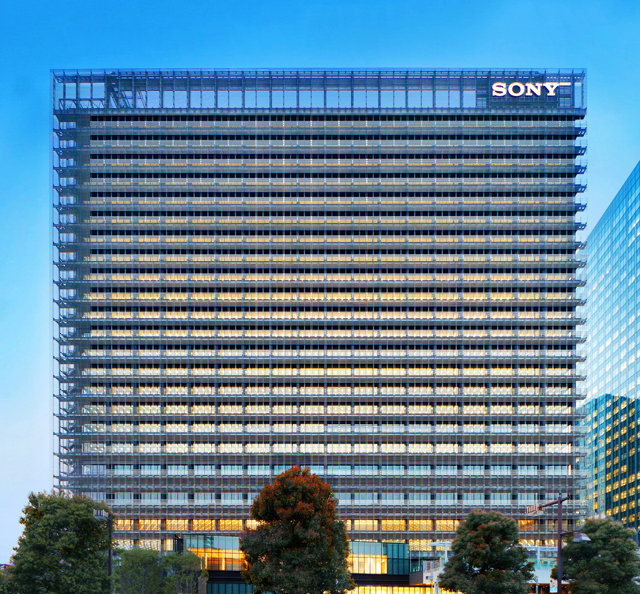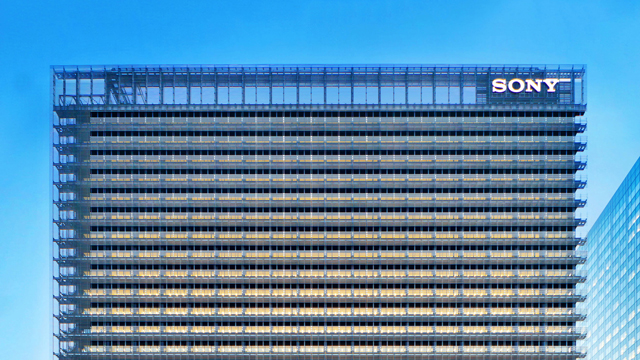If you have ever sweated through a summer in the city, you can thank those skyscrapers all around. Tall buildings trap heat that create urban heat islands. But what if you could create a building that cools the city instead? A building skin made of a series of tubes with evaporating rainwater can do just that.
The system called BioSkin currently lives on the outside of the NBF Osaki Building* in Tokyo, Japan. The building, which opened in 2011, recently won the 2014 innovation award from the Council on Tall Buildings and Urban Habitat, a group considered the authority on skyscrapers. And it makes sense that skyscraper people would be concerned about cooling. As my colleague Alissa explained, the deep urban canyons between skyscrapers create heat islands:

What happens is that the little light that does reach deep inside these urban canyons gets reflected back up at the (often very reflective) walls of the buildings themselves. These buildings absorb the heat and then release it back into the surrounding area, causing the areas between tall buildings to retain more heat. This is easily confirmed by touching a tall building at night — it says warm well after sunset.
BioSkin cancels out that heat effect with something quite simple: water. Rainwater collected on the roof runs through the lattice of ceramic tubes; as water evaporates through the porous tubes, it takes the heat away. The skin can cool the building surface by 20 degrees Fahrenheit and the environment around it about 3.6 degrees. A city block of such evaporatively cooled buildings could help negate the urban heat island effect.
The building skin is actually based on the traditional Japanese practice of uchimizu, or the sprinkling of water on streets to keep cool in the summer. What’s so interesting about the discussion around BioSkin is that it deliberately connects the building to the city as a whole. Traditional AC systems keep buildings cold (often way too cold) while blasting hot air into the streets. BioSkin, on the other hand, could make the whole city a little more bearable. [ArchDaily]

*Sony commissioned the building but sold it to Nippon Building Fund in 2013, in case you’re wondering why “SONY” is plastered on the top.
Pictures: Harunori Noda and NIKKEN
